Optimize Alt Tags - SEO-focused alt text optimization
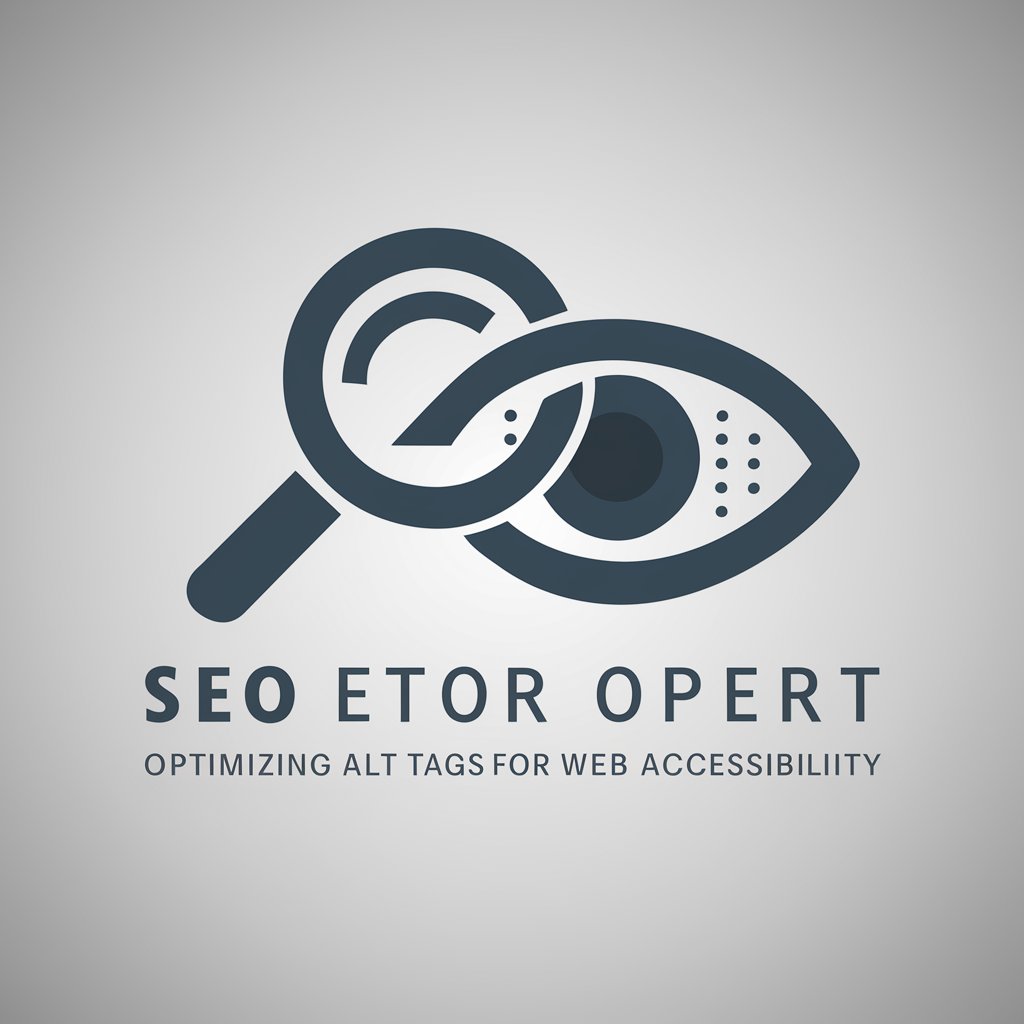
Hi! Let's make the web more accessible together.
Enhance accessibility and SEO with AI-powered alt tags
Optimize the Alt Tags for images on the webpage at
Please review the following URL and suggest Alt Tags with the main keyword
Provide Alt Tag suggestions for key images on this webpage, focusing on the keyword
Check the Alt Tags for accessibility and SEO optimization on the webpage
Get Embed Code
Understanding Optimize Alt Tags
Optimize Alt Tags is designed to enhance web accessibility and search engine optimization (SEO) through the optimization of alternative text (alt tags) for images on webpages. The primary goal is to make web content more accessible to visually impaired users who rely on screen readers to navigate the internet, and to improve the visibility of webpages in search engine results by effectively using keywords and semantic descriptions in alt tags. For example, for a webpage about 'sustainable gardening,' an optimized alt tag for an image of a person planting a tree might be 'Person planting a young oak tree in a sustainable garden,' incorporating the main keyword 'sustainable gardening' and providing a clear, descriptive context of the image. Powered by ChatGPT-4o。

Core Functions of Optimize Alt Tags
Keyword Integration in Alt Tags
Example
For a site selling eco-friendly products, an image of a bamboo toothbrush might have an alt tag optimized as 'Eco-friendly bamboo toothbrush with biodegradable bristles.'
Scenario
This function is applied when aiming to boost a webpage's SEO by incorporating main keywords and related terms into the alt text, making the image more discoverable in search engines and relevant to the page's content.
Accessibility Enhancement
Example
An online art gallery may have an image with an alt tag like 'Impressionist painting by Claude Monet depicting a sunrise over the sea,' providing a detailed description for users who cannot see the image.
Scenario
This function ensures that visually impaired users can understand the content of images on a webpage, making the site more inclusive and accessible.
Semantic Relevance and Contextualization
Example
For a blog post about healthy eating, an image of a salad might include an alt tag like 'Fresh kale salad with cranberries and walnuts, a heart-healthy meal option.'
Scenario
This approach not only incorporates keywords but also adds context and relevance to the image in relation to the page content, enhancing both user experience and SEO.
Who Benefits from Optimize Alt Tags?
Web Developers and Designers
Professionals responsible for creating and maintaining websites will find Optimize Alt Tags invaluable for ensuring their sites are both accessible to people with disabilities and optimized for search engines, thus improving overall site performance and user satisfaction.
SEO Specialists
SEO experts looking to enhance a website's visibility in search engine results can leverage Optimize Alt Tags to strategically incorporate keywords within alt texts, boosting the site's relevancy and ranking for specific search queries.
Content Creators and Marketers
Individuals focused on creating engaging online content will benefit from using Optimize Alt Tags to ensure that their images are fully accessible to all users, including those using screen readers, thereby expanding their audience reach and engagement.
Accessibility Advocates
Organizations and individuals advocating for a more inclusive internet will appreciate the focus on enhancing web accessibility, making content more accessible and enjoyable for users with visual impairments.

How to Use Optimize Alt Tags
Begin Your Trial
Start by visiting a platform offering a free trial, such as yeschat.ai, to explore Alt Tag optimization without the need for a login or a ChatGPT Plus subscription.
Identify Your Main Keyword
Select the main keyword or phrase that best describes your webpage's content. This will be crucial for optimizing your images' alt tags effectively.
Choose Your Language
Decide on the language for your alt tags. This ensures your content is accessible and understandable to your target audience, including those using screen readers.
Evaluate Your Images
Review your webpage to identify the most crucial images for conveying your message. Focus on these for alt tag optimization to maintain relevance and clarity.
Apply Best Practices
Incorporate your main keyword and related terms in the alt tags in a natural, descriptive manner. Ensure each tag accurately describes the image's content and context.
Try other advanced and practical GPTs
Clean up your thoughts
Elevate Your Writing with AI

Guiones MAX
Crafting engaging tech scripts, powered by AI
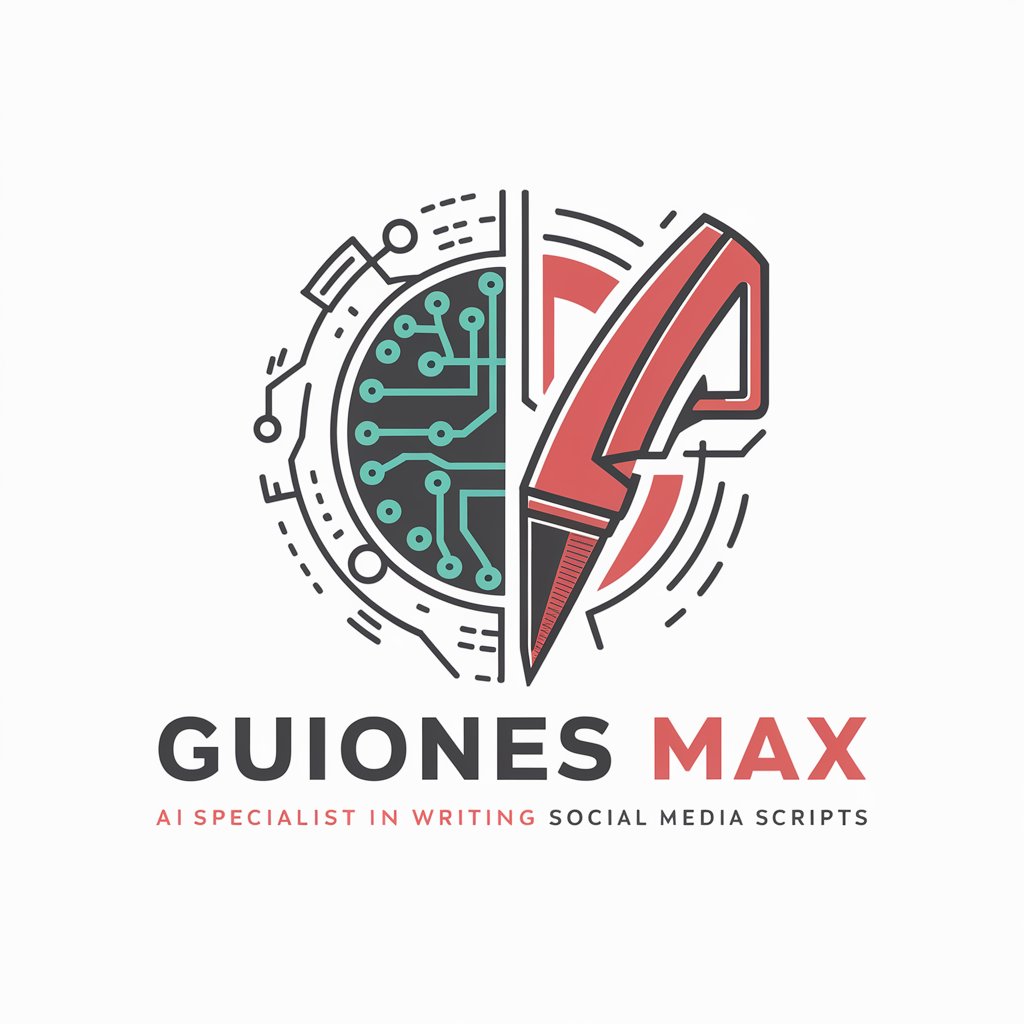
Blaugranafías
Unveiling Barça Legends with AI
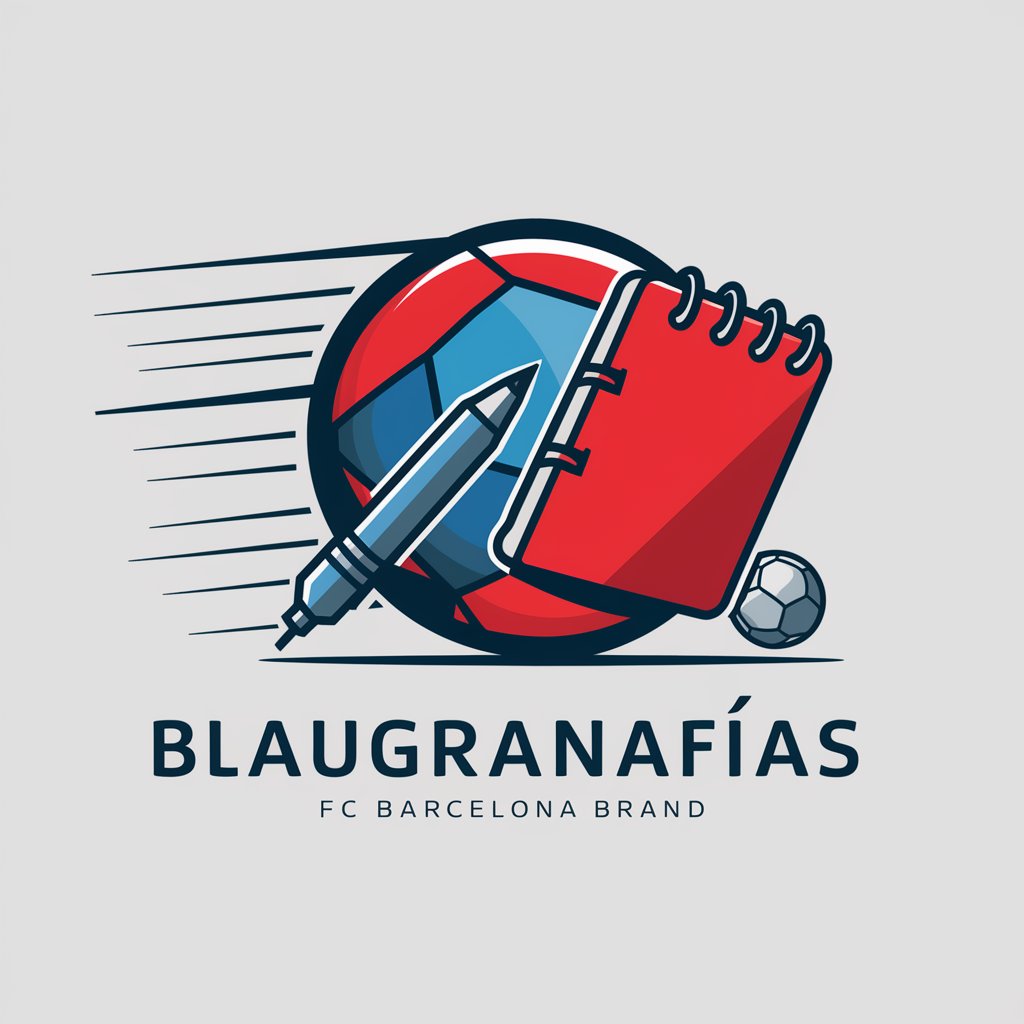
TOP Artículo GEN
Craft Unique, Engaging Blog Posts with AI
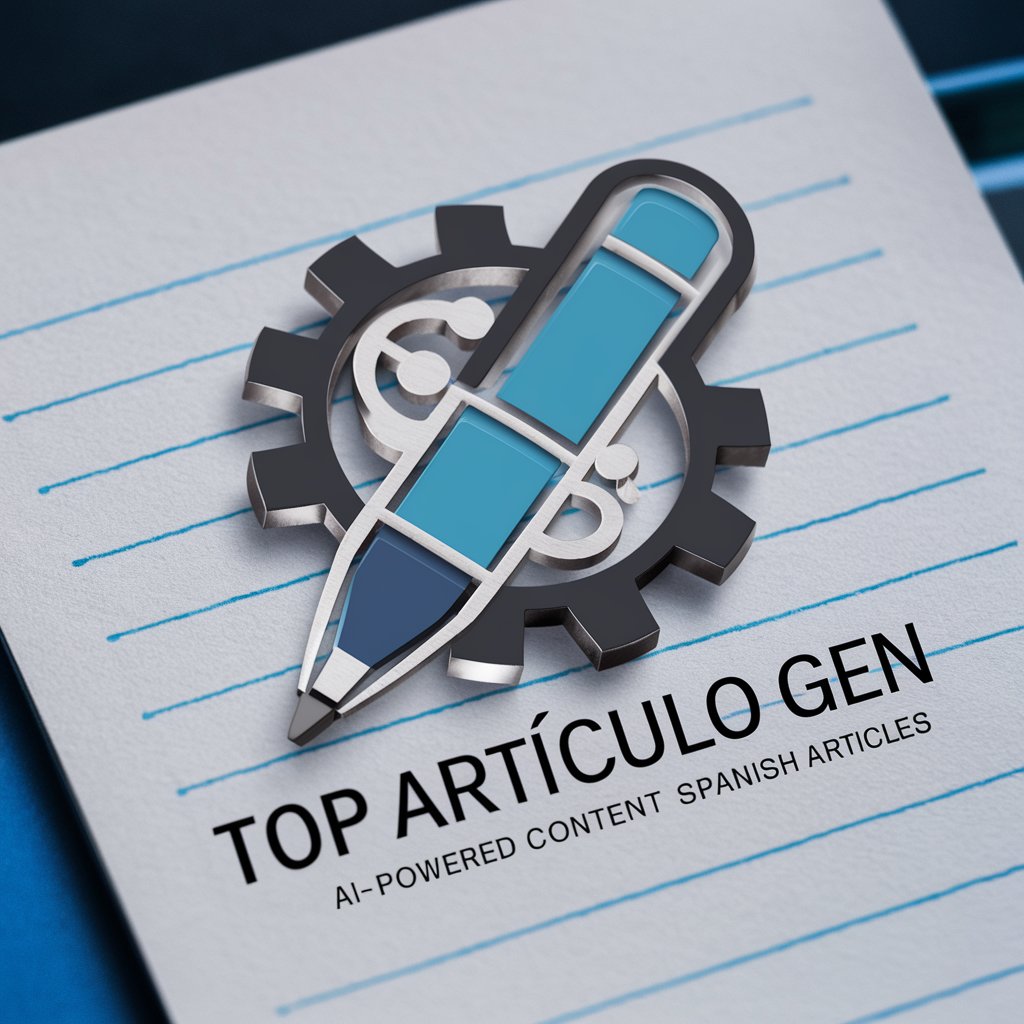
Event Guru
Elevate Events with AI Insight
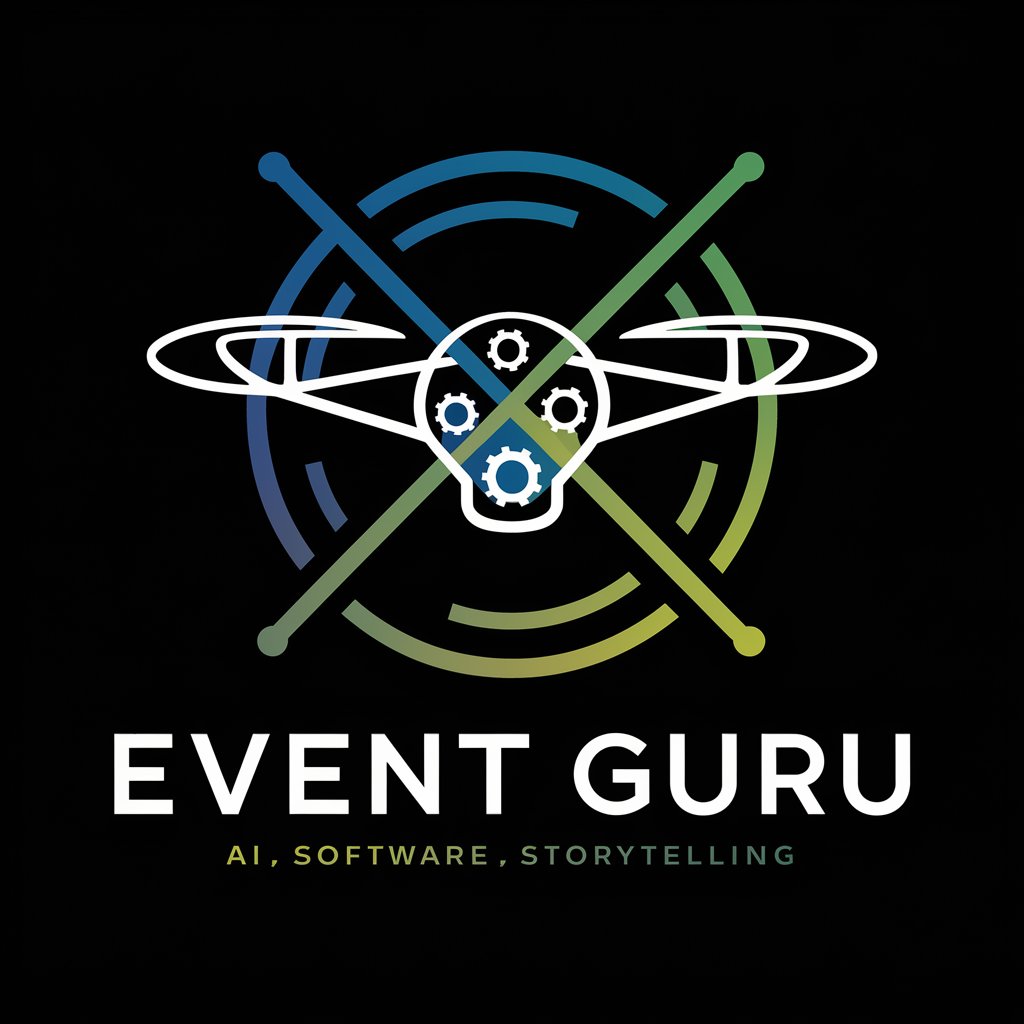
Stagiaire en écriture
Empower Your Writing with AI
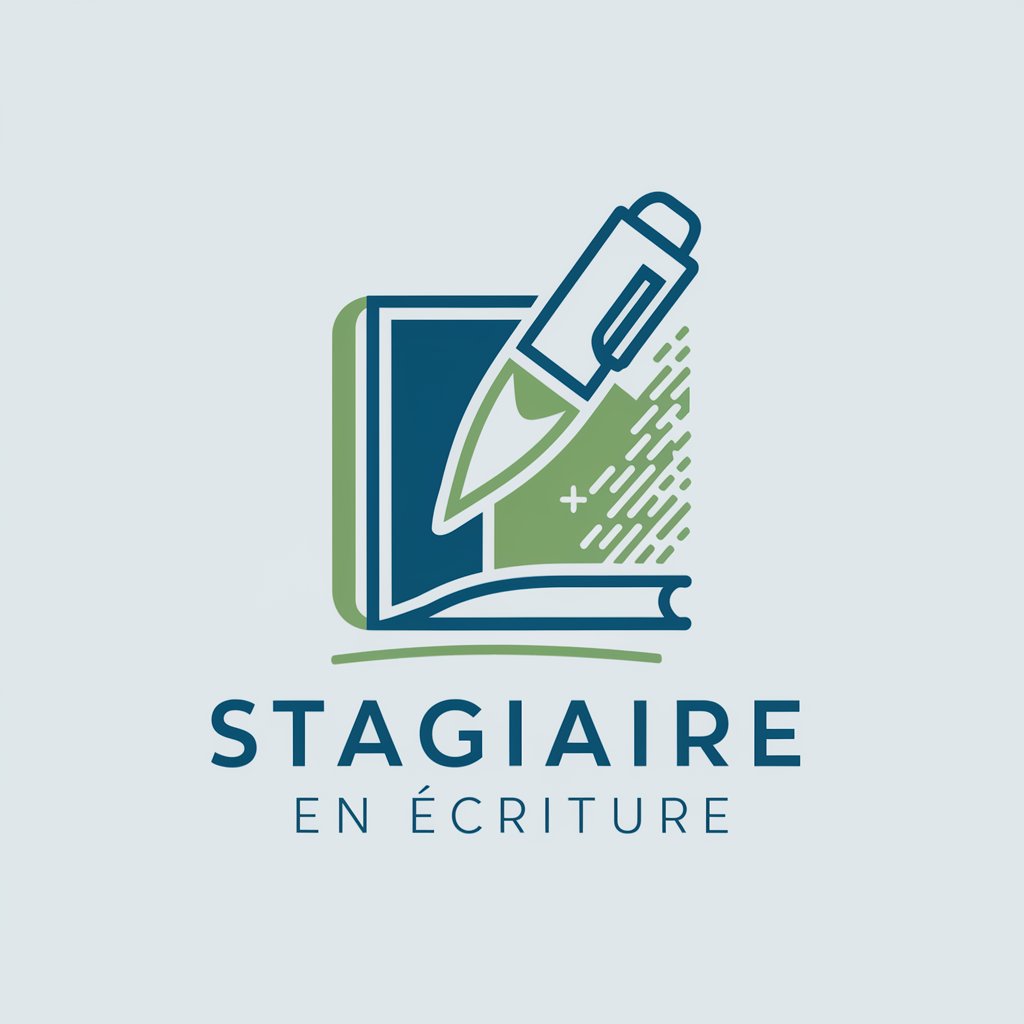
Start-Up Mentor
Empowering Your Startup Journey with AI

How to Apply to Top US Universities
Empowering your journey to top U.S. universities with AI.

Alex the Social Guy
Empowering your social media with AI

Startup Senior Operator
Empowering Startups with AI-Driven Advice

Analyste Eldorado
Empowering Startups with AI-Driven Insights

Creature Creator
Crafting Unique Fantasy Creatures with AI

Frequently Asked Questions about Optimize Alt Tags
What is the main purpose of Optimize Alt Tags?
Optimize Alt Tags is designed to enhance web accessibility and improve SEO by providing descriptive, keyword-rich alternative text for images on webpages.
How does Optimize Alt Tags improve SEO?
By using relevant keywords and descriptions in image alt tags, it helps search engines understand and index images more effectively, contributing to better page rankings.
Can Optimize Alt Tags handle multiple languages?
Yes, it can create alt tags in various languages, ensuring your website is accessible and SEO-friendly to a global audience.
Is technical knowledge required to use Optimize Alt Tags?
No, it's designed to be user-friendly. Basic understanding of your website's content and goals is sufficient to effectively use the tool.
How does Optimize Alt Tags ensure accessibility?
By generating descriptive alt text for images, it makes web content more accessible to people who use screen readers, thus enhancing the overall user experience.
